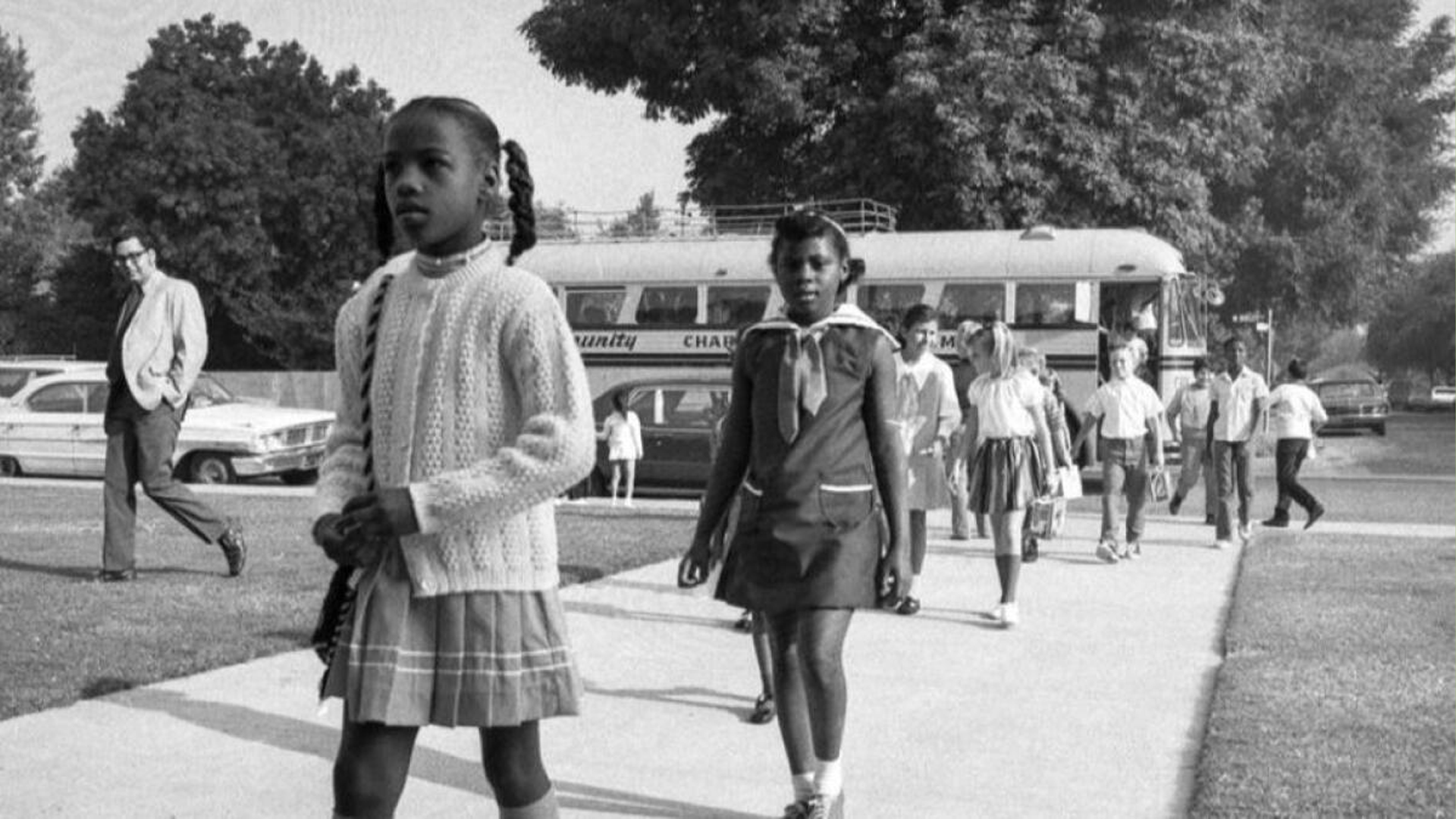Equal Educational Opportunities Act Enacted

The Equal Educational Opportunities Act of 1974 expanded the promise of the Civil Rights Act of 1964 into America’s classrooms.
What Happened?
The Equal Educational Opportunities Act (EEOA) was enacted on August 21, 1974, at a time when the country was still reckoning with the legacies of segregation and systemic discrimination in education. While the Civil Rights Act of 1964 had outlawed school segregation, it did not fully address the ongoing inequities that students of color, immigrant families, and English learners faced in classrooms across the country.
The EEOA broke new ground by prohibiting schools from denying equal educational opportunity on the basis of race, color, sex, or national origin. Crucially, it also required schools to take ‘appropriate action’ to overcome language barriers that prevented students from participating meaningfully in instruction. This mandate reshaped the educational landscape by compelling schools to establish programs for English learners, including bilingual education.
The Supreme Court quickly clarified the EEOA’s reach. In 1974, it ruled that schools had to provide substantive support for English learners in their own languages until they could learn English. Later, in 1982, the Court affirmed that undocumented children not only had the right to attend public schools but were required to do so, ensuring access to education regardless of immigration status.
By codifying these protections, the EEOA reinforced the principle that education is a public good, central to democracy and opportunity. It gave families legal recourse against discrimination and expanded the civil rights framework into the everyday realities of classrooms, teachers, and students.
Still, the law did not erase systemic inequities in education. Half a century later, students in low-income communities—disproportionately Black, Latino, and immigrant—still attend underfunded schools, face barriers to rigorous coursework, and are more likely to be taught by inexperienced teachers. The EEOA promised equal opportunity, but achieving it remains an ongoing struggle.
Why It Matters
The Equal Educational Opportunities Act marked a turning point in America’s commitment to civil rights in education. It expanded the principle that every child—regardless of race, gender, or language—deserves a fair chance to learn. But the law also reminds us that equity is more than access; it requires resources, support, and systemic change. Today’s unfinished work in closing achievement gaps, dismantling segregation, and ensuring educational justice for all is part of the EEOA’s living legacy.
?
How did the Equal Educational Opportunities Act expand on the Civil Rights Act of 1964?
What role did the Supreme Court play in clarifying the scope of the EEOA?
Why was language support for English learners considered such a landmark provision of the act?
What protections did the EEOA extend to undocumented students in U.S. schools?
How does school funding inequality continue to undermine the promise of the EEOA?
Dig Deeper
Explore social inequalities in the U.S. education system, including school funding, cultural capital, and systemic disadvantages for minority students.
A critical look at modern education systems and whether they prepare students for the real challenges of life.
How the Covid-19 pandemic highlighted education inequality worldwide and what solutions might close the gaps.
Related

The Great Society: Government as a Force for Good
The Great Society wasn’t just a policy agenda, it was a radical vision of what America could be. With sweeping reforms in health care, education, civil rights, immigration, and the environment, President Johnson’s plan aimed to eliminate poverty and racial injustice once and for all.

Birthright Citizenship: The Right of the Soil and the Right of the Blood
From English common law to the Fourteenth Amendment, birthright citizenship has shaped who belongs in America — and who is excluded.

Jim Crow and Plessy v. Ferguson
After Reconstruction, the South built a legal system to enforce racial segregation and strip African Americans of political power. The Supreme Court’s Plessy v. Ferguson decision in 1896 made 'separate but equal' the law of the land—cementing injustice for decades.
Further Reading
Stay curious!
